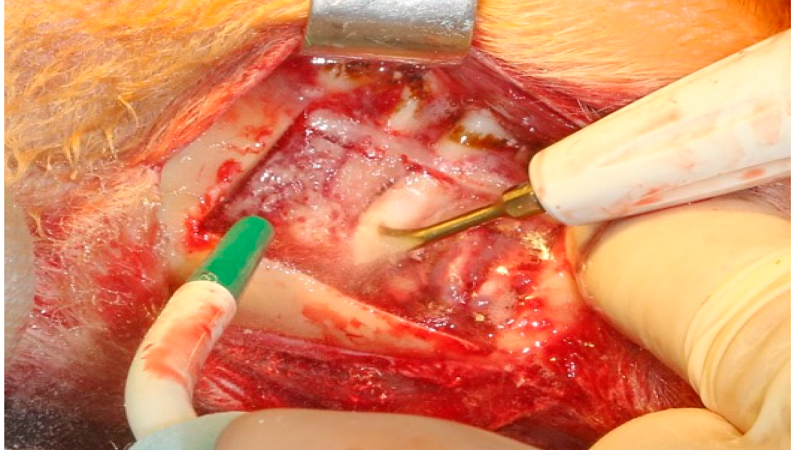
Surgical Removal of tumours, especially in Oral Cancer patients, is disfiguring and cannot be completely recovered even after reconstruction surgeries. But Titanium implants have shown promises in the field of reconstruction surgeries, and now, Russian researchers are trying to figure out osseous integration occurring with titanium implants in animals, post re-section, and studying both the implanting and then the required removal of prosthesis meant to be temporary. Titanium bionic implants, tetragonal-shaped, were fabricated to mimic human bone and a Russian-made selective laser melting (SLM) printer was used with Titanium VT1-00 powder. The researchers concluded Clear Establishment that the insertion of the implant led to tissue growth over the device, but with no inflammation detected.